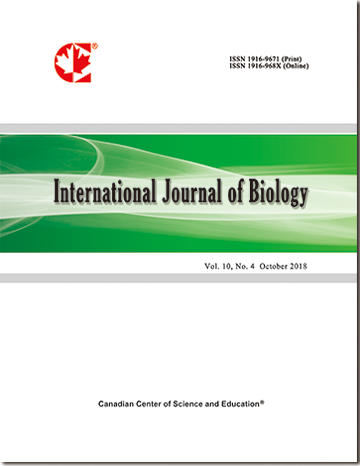The Effect of Pollution on Scope for Growth in the Pearl Oyster, Pteria aegyptiaca, in the Gulf of Aqaba, Jordan
- Saleem Aladaileh
Abstract
This experiment was conducted to assess the effects of pollution on both the physiological and energetic characteristics (SFG) of Pteria aegyptiaca in the Gulf of Aqaba, Jordan. Four locations were chosen to represent both contaminated and uncontaminated locations. Phosphate Loading Berth (P) and the Industrial Area (I), represent contaminated locations, whilst the Hotels Area (H) and Marine Science Station (M) represent uncontaminated locations. The results of this experiment showed that contaminated regions had significant effects (P < 0.05) on respiration rate, clearance rate and absorption efficiency. A significant difference (P < 0.05) was identified between the scopes for growth of animals transplanted in contaminated regions compared with animals from uncontaminated locations. The Phosphate Loading Berth (P) and Industrial Area (I), showed the lowest SFG (18.7 ± 4.591 and 35.94 ± 7.412 Jh-1 respectively), reduced to only a half of SFG compared to uncontaminated locations. Results from our study indicate that oysters exposed to contaminated regions are highly compromised in both their energetics and physiology. Failure to improve the environmental conditions in these regions may have catastrophic effects on the micro and macro fauna.
- Full Text:
 PDF
PDF
- DOI:10.5539/ijb.v6n2p120
Index
- ACNP
- AGRICOLA
- BASE (Bielefeld Academic Search Engine)
- CAB Abstracts
- CiteFactor
- CNKI Scholar
- CrossRef
- DTU Library
- Elektronische Zeitschriftenbibliothek (EZB)
- Excellence in Research for Australia (ERA)
- Google Scholar
- Infotrieve
- LIVIVO (ZB MED)
- LOCKSS
- Max Planck Institutes
- MIAR
- PKP Open Archives Harvester
- Qualis/CAPES
- ResearchGate
- ROAD
- SafetyLit
- SHERPA/RoMEO
- Technische Informationsbibliothek (TIB)
- Universe Digital Library
- WorldCat
Contact
- Ryan JonesEditorial Assistant
- ijb@ccsenet.org
